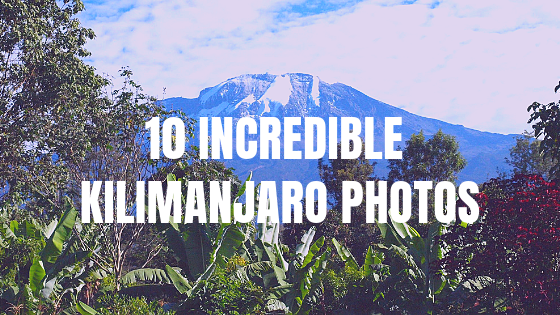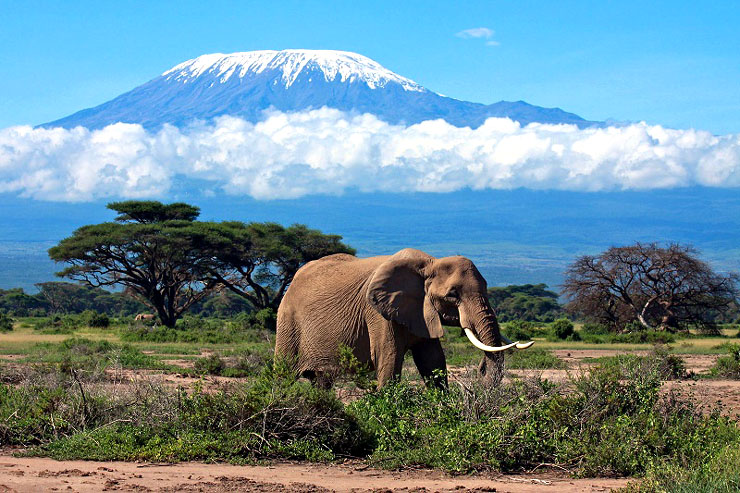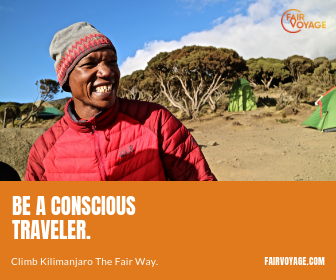These 10 photos of Mount Kilimanjaro will surely inspire you to make the adventure of climbing the world’s tallest freestanding mountain.
1. Climbing Kilimanjaro with your best friend
This photo by inspired us because of the joy of summiting with a friend. These three friends trained in special altitude settings to be able to complete the climb and reach the top of Mount Kilimanjaro together.
2. No shower, no problem!
Just because you have been hiking for over a week, haven’t had a shower, slept in tents, and peed in a bottle, doesn’t mean that you can’t look good when you summit!
3. Keep your eyes on the prize
Climbing a mountain can be daunting when you see it right in front of you but with the help of a good team and support, anything is possible.
4. The view from the top of Mount Kilimanjaro
If that view doesn’t inspire you to strike a pose, then we don’t know what will.
5. Your Kilimanjaro guide can become an unexpected friend
The right Kilimanjaro guides are not only incredibly knowledgeable about climbing, your safety, and the mountain itself, but they can also help you to complete the climb more quickly if you so choose. For experienced climbers like Ed here, his guide helped him to get to the top of Kilimanjaro in just four days!
6. A Kilimanjaro couple’s climb
Relationships can sometimes feel like climbing a huge mountain, so why not beat it to the punch and climb a huge mountain as a couple? You will learn a lot about each other and accomplishing this together may bring you together in ways you hadn’t imagined before.
7. The views on the way to climb Kilimanjaro
On the way to the top of Mount Kilimanjaro, don’t forget to enjoy the view. You don’t have to wait until you reach the top to see some incredible views. The entire journey can be breathtaking if you just take a moment to look.
8. The unpolluted night sky on Kilimanjaro
Fans of stargazing will get a treat while camping on the way up Mount Kilimanjaro. This lucky climber got to enjoy the night sky during a Full Moon.
9. The Kilimanjaro porters
The Kilimanjaro porters and humble workers who make your climb comfortable. Watching the hardworking locals supporting you all the way to the top is one of the most inspiring things that previous climbers say helped them up to the top.
10. The sense of accomplishment from getting to the top
The nighttime climb up to the summit of Kilimanjaro that nearly breaks many climbers’ spirits because of the harsh conditions, lack of sleep, and altitude. But when you get to the top, you will know exactly why it was worth it. Many call it a spiritual experience, and many call it the biggest accomplishment of their lifetimes. What will you call your experience of summiting Mount Kilimanjaro?







